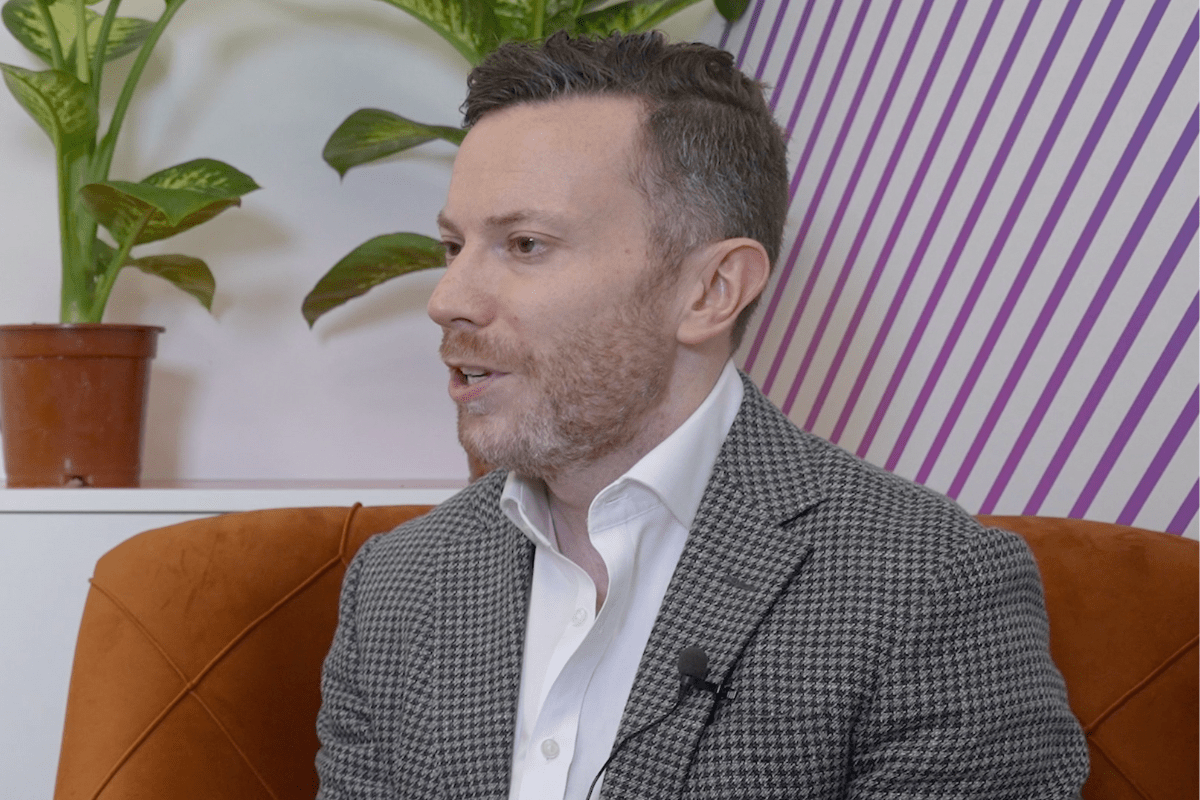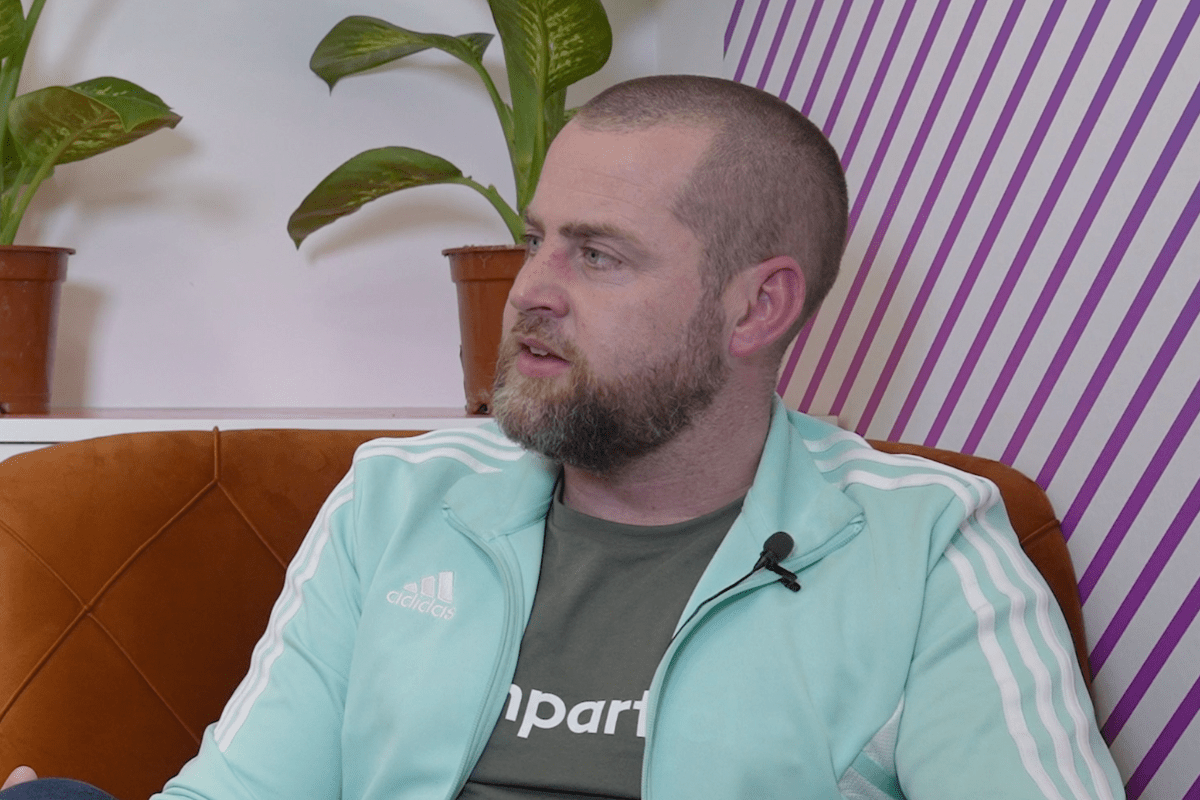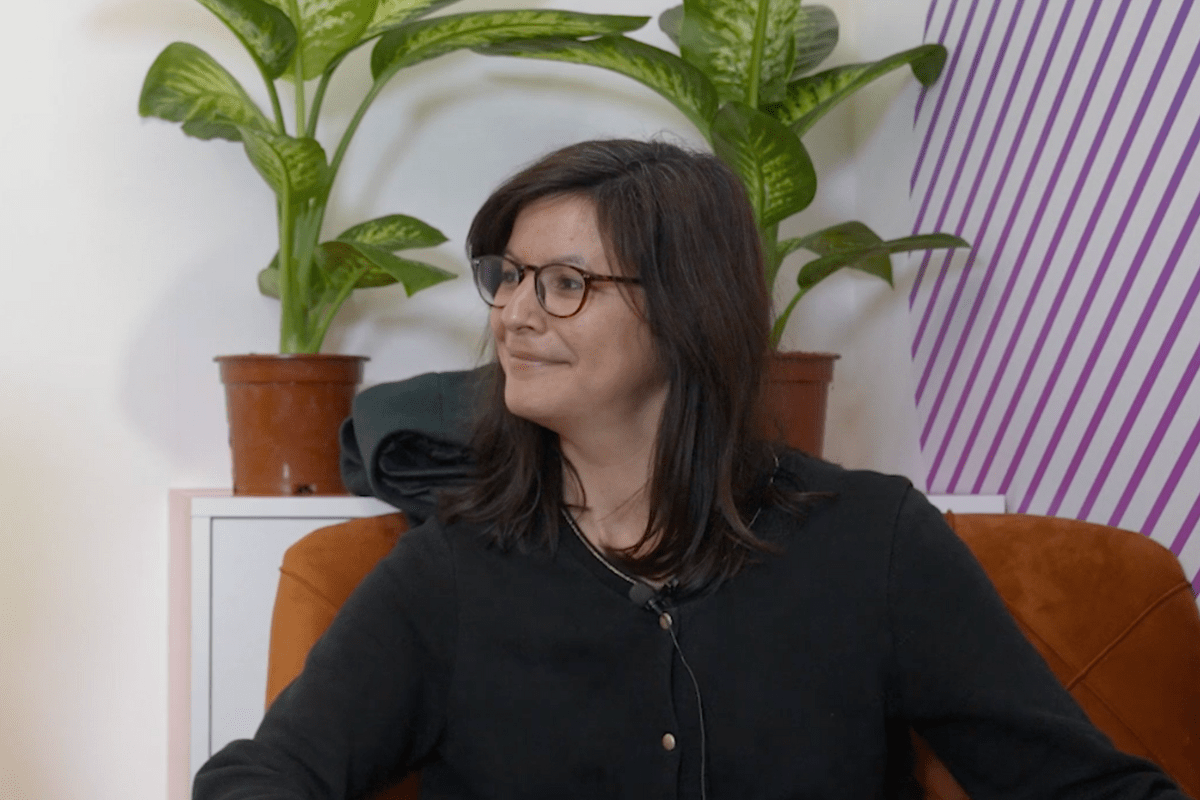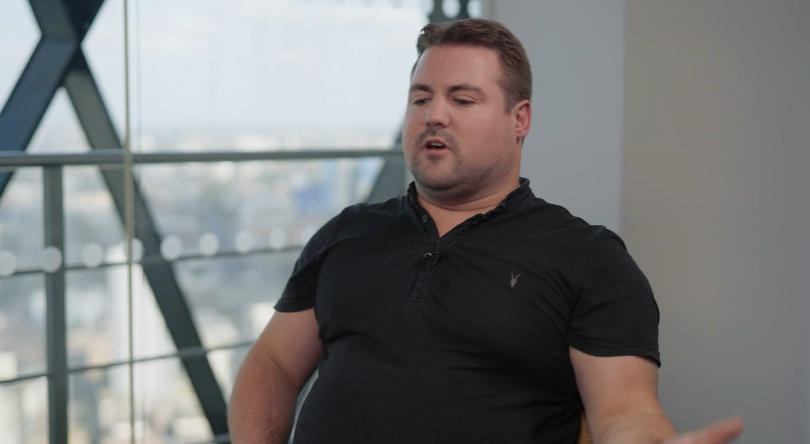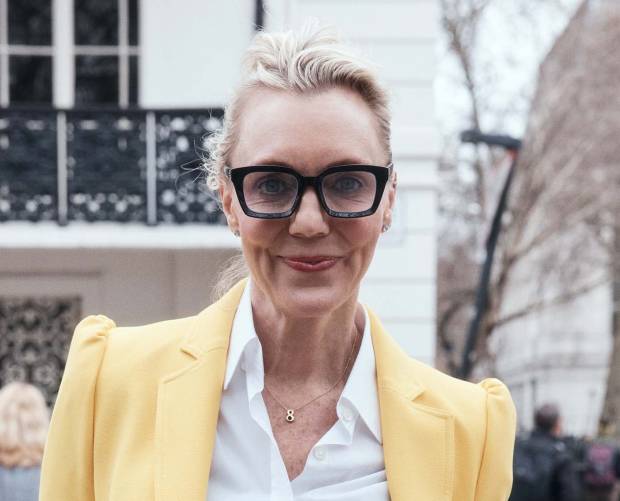 DM: Rob, you presented your latest research findings a few weeks back and I hope I don’t sound too cynical if I say I was a tad underwhelmed. The results were encouraging, but not particularly surprising. Is that a fair comment?
DM: Rob, you presented your latest research findings a few weeks back and I hope I don’t sound too cynical if I say I was a tad underwhelmed. The results were encouraging, but not particularly surprising. Is that a fair comment?
RJ: The thing that surprised me most about the latest research findings was how positive everything seemed, and since then, I’ve seen two or three other research companies come out with similar findings. The general trend is that people are happy and willing to transact on mobile, and that’s not just for digital content. We are seeing strong interest in almost every category, from consumer electronics to apparel. But then I guess that should come as no real surprise when every eCommerce company is trying to get stuff live on mobile.
I think the other thing you have to remember is that we live and breathe this stuff, day in, day out. When we presented the findings to a room full of payments people a few days ago they were all over it because they don’t hear these figures as often as we do.
DM: So where is InMobi at on its journey today Rob?
RJ: When I joined in December 2009, there were 75 people in the company, of which only three were outside HQ in India, and our business was almost entirely focused on the Asia-Pac region. Fast-forward 18 months and the business has moved from being Asia-focused to a global one, and we are north of 200 people. We have built out our business in Europe and the Middle East, launched in the US, we have a dedicated team in Tokyo covering the Japanese market, and we have active operations in every market in the world except China and Korea, and we are investing in those areas. And since January 2009, our monthly ad requests have gone from 500m, to 33bn last month.
DM: And you think that’s the right approach? Because when you try to be everywhere, there is a danger you can spread yourself too thin isn’t there?
RJ: Mobile advertising is a global business. The way budgets work is that a lot of companies want to spend money at scale in lots of countries, and if you can’t service that global demand, it becomes hard to grow the business, so we have been responsive to that. In Europe, for example, we could have built it out country by country, but we decided to launch across all countries where we could see an opportunity, and we resourced it based on the size of the opportunity. So we launched in 67 countries across Europe and the Middle East simultaneously, but we are making money in all of those countries.
DM: So where are the hotspots, as you see it?
RJ: If you look at the top 10 countries for mobile advertising, it’s a diverse set of markets. S. Africa is a mobile-first market. The US is in there. The UK, which is one of the best-performing digital markets in the world. India is in the top 10, as is Japan and Indonesia, so it’s a pretty diverse spread.
DM: And how do you see the mobile advertising marketplace right now, with supply-side platforms and demand-side platforms. It seems to be getting pretty complicated. Do you get involved with the ad exchanges?
RJ: Our remit is around getting very large deals, and to do that, we need many sources of inventory, so some of that is exchanges and some is other networks, but our technology is good enough to enable us to ingest a lot of inventory, make sense of it, and package it in a way that is attractive to advertisers. And our advertisers like it, because we take away the complexity around spending money at scale. There are really only two, maybe three sources where you can spend money at scale, so to be one of those sources is a good place to be.
DM: I can guess at the second source (AdMob). What’s the third?
RJ: If you’re in the US, then Millennial.
DM: So you’ve grown massively, what next?
RJ: Yes, the last 18 months has been about getting global scale. We are now second in terms of global reach behind Google, and we have always had a strong focus on analytics and understanding what happens beyond the click. Now we are adding two things.
The first is creativity. We are working with a company that brings a more creative ad experience to mobile advertising, particularly using HTML5. They bring insanely creative and rich experiences to mobile advertising.
The second thing is our payments business, which we launched a few weeks ago. This is a logical extension to an ad network, particularly a performance network. Because if you are a mobile content provider in Indonesia, and you and want to launch a business in Germany, your biggest barrier is not around creating content; it’s around the payment process.
It gives us a new dimension; it means we can go from serving an ad, the user clicks on the ad, and we can then track the conversion to understand whether it resulted in a download. So if the end game is to transact digital content, having the payment mechanism built in means that we can close the loop and feed back to the advertiser how well the ad creative is performing in terms of actually generating a sale.
DM: And where did this payments platform come from? Did you buy someone? And is it just for digital content?
RJ: It is just for digital content, and we built it ourselves. It’s been in development for several quarters.
DM: We talked a little about supply-side platforms earlier, but what about the demand-side platforms that are just beginning to appear – are they a good thing, in your view?
RJ: I looked at these when I was at Google a few years ago. The thing about exchanges, whether it’s supply-side or demand-side, is that they look great on paper, but we are only now starting to see exchange models working well on the PC web, after three or four years of them looking good on paper, so I think there is still some time before they become a critical factor on mobile.
There are two big trends running side by side and it’s a question of which will happen first. Will it be the rise of DSPs, or the convergence of the PC web and mobile advertising into one business? Or is it both? And whichever it is, when is it going to happen? WPP right now are building a DSP for their digital business and working out how mobile fits into that plan, so we will have to see how things shape up.
DM: And as more big brands come into mobile advertising, and the ads get more creative, and so they start looking to use it as a branding, rather than a pure response/performance medium, is it natural to assume that a big player like InMobi will look to move to more of a premium model, selling inventory for named publishers on specific sites and apps?
RJ: The outlook varies by region. In France, 12-18 months ago, the blind performance model was very, very hard, but then the French market become open to it, so I think we will end up with a mixed model, and we will probably move in that direction as well, where the advertiser says: “These are my objectives, this is my budget”, and it will be a mix of open premium and blind performance.
DM: And when that day comes, where do you get this premium inventory from? Premium ad networks already have inventory from premium publishers. Do you?
RJ: We do have premium publishers on the network, but we don’t disclose who they are because of the nature of our network today. But we will evolve the network depending on where advertisers are looking to go.
DM: And we talked about hotspots in terms of regions. What about in terms of industry sectors that are using mobile advertising?
RJ: Mobile content is still there, but it is decreasing in Western Europe. As we see it, app economies are content V2. The guys who are building entertainment-based apps and games, this is mobile content on smarter platforms, and it is the next evolution of that model, so they are very important, and they are pure performance.
We also see on our network, well-known brands doing direct response activity on mobile across consumer electronics, automotive, FMCG; in fact, all categories. And each country has its own flavour. France is FMCG, the UK is consumer electronics, Germany is automotive. There is also some pure branding stuff as well, companies you would not expect coming in and wanting to run branding creative targeting specific users.
DM: And finally, how do you see the rest of the year panning out?
RJ: In a nutshell, more advertisers and bigger budgets. If you look at like-for-like advertisers today versus 12 months ago, we are seeing anywhere between a 4x and 8x increase in budget. But at the same time, the network is growing, so it’s hard to pin it down too precisely, but the numbers are definitely going the right way.




